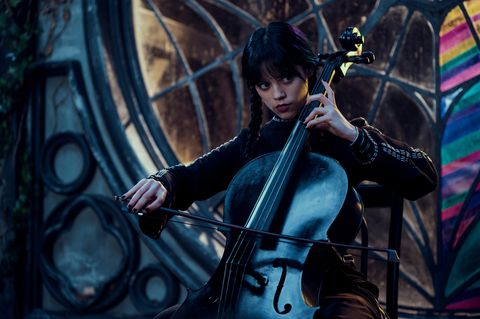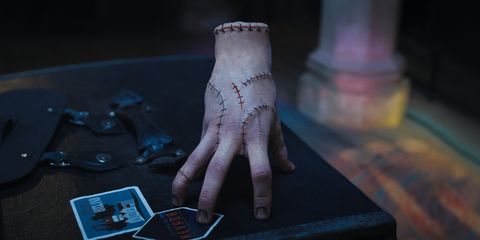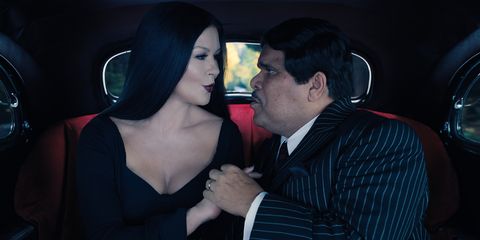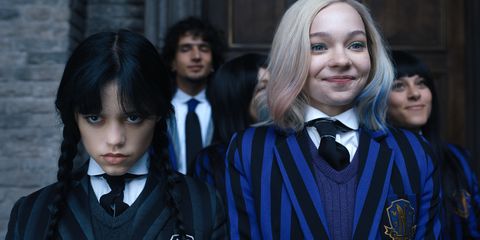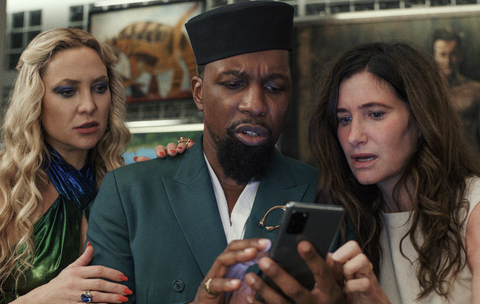by Matt Mulcahey
in Cinematographers, Columns, Interviews
on Mar 4, 2023
All Quiet on the Western Front, James Friend, Netflix
War is young men dying and old men talking.
The former lies at the heart of Erich Maria Remarque’s 1928 novel All Quiet on the Western Front, based on the German writer’s experiences in the trenches of World War I. In Netflix’s new adaptation, the l atter half of that axiom is also represented with the addition of a subplot centered on the armistice negotiations that ultimately ended fighting on the Western Front.
As in Remarque’s novel, the story is principally told through the eyes of Paul Bäumer, a teenager who—propelled by patriotic fervor—enlists alongside his schoolmates only to be disillusioned by the brutality and inhumanity of the conflict.
The film recently earned nine Oscar nominations, including a nod for cinematographer James Friend. The British DP employed an assortment of cameras (Arri Alexa 65, Alexa Mini LF, Sony Venice and Red Weapon) and lenses (Arri Prime DNA, Prime 65 S, Tribe7 Blackwing7, a detuned 21mm Zeiss CP.3 and a custom-built 18.5mm) over the 53-day shoot in the Czech Republic. Locations included a recreation of the French and German trenches and the No Man’s Land in between, brought to life at a Soviet-era airfield.
With the movie currently streaming on Netflix, Friend spoke to Filmmaker about his compulsion for symmetrical composition, devoting 10 weeks to a few fleeting but crucial frames of fox cubs, and collaborating to create “the most cinematic latrine ever.”
Filmmaker: Let’s start at the very beginning. The first images in All Quiet on the Western Front are a sunrise over the mountains, a forest at dawn and a fox and her cubs in their den. These interstitial glimpses of nature recur throughout the film. What is the function of those shots?
Friend: The film—and the novel—are predominantly anti-war stories and I think, in order to appreciate that, you need to appreciate what war takes away. So, when [director] Edward Berger and I were discussing what could contrast the horror of the film, we wanted to find imagery that represented the opposing side, I suppose, and nature is one of the most beautiful things you can destroy. We went on these tech scouts and found these lovely locations. The first shot in the film is actually the first frame we ever shot [on the project]. It was up in the mountains somewhere in the Czech Republic. We left our hotel room at midnight, and we traveled for about two hours to the location and then we had to, basically like a documentary team, walk the tripod and a 65mm camera up the mountain and sit there and wait for the sun to rise. We got this very lovely sunrise, and it got even more dramatic [as the sun came up further], but we actually thought that part was too indulgent for the movie. Then on the way back I spotted these woods as we were sort of half asleep and I said, “They’ve got lovely pine trees!” So, we pulled over and shot that too.
Filmmaker: There’s a Wildlife Unit listed in the credits. Did they handle some of those nature shots?
Friend: There’s this great wildlife cameraman called Rob Hollingworth, who specializes in shooting animals and wildlife. We worked very closely together to shoot the fox sequence, which was originally supposed to be a little bit bigger. The reason it needed its own camera person is because we had to essentially put a pregnant fox in a purpose-built den that was designed for shooting with camera traps. The fox then gave birth to the cubs in this den and that turned into what you saw on camera.
Filmmaker: Wait, those are real foxes and that’s a set?
Friend: They’re totally real foxes. One hundred percent. They were born in that den. The only way to get those shots is basically to raise the cubs in the environment in which you’re filming them, so the mother and the cubs feel completely at home. Then, if a probe lens comes in to get a closeup of a cub or the mom, they’re already used to it by that stage. Essentially, we wanted it to look like a David Attenborough piece and not like a movie. We wanted that to feel very documentary. A lot of care went into it. That was about a 10-week exercise to build it and then get the mum in there and for her to give birth. We were getting constant updates. We had to prelight it beforehand because it’s not like you can just turn the lights on and go “action.” The lights already had to be burning and constantly in place.
Filmmaker: That’s an insane amount of work for what ends up being three or four shots in the movie.
Friend: It was originally supposed to be a little bit more, but not a lot more. But everyone was very aware that it was going to be the opening of the film.
Filmmaker: The first image of the battlefield is a bird’s eye view that booms down and then pushes in across a wasteland strewn with bodies. You used your 18.5mm lens for that?
Friend: Yes, an 18.5mm custom lens from Arri on the Alexa 65. The only reason we landed on that lens for that shot was because we couldn’t get the 75-foot Technocrane in there because we didn’t have 4×4 bases for it. I actually didn’t want to be on such a bendy lens for that. I wanted to be on a longer lens and higher up, but logistics and budget and everything else made us go another way. You don’t notice it when [the camera is looking straight down] but when [it starts to push in] you can see the foreground bending a little bit and that’s just the nature of that wide lens. Some people have said they really love the way it looks, but I would’ve liked to have been just one [more focal length] up just to even up those edges a little bit and make [the audience] a little less conscious of the camera.
Filmmaker: You follow that crane move with an impressive tracking shot that starts down in the trenches, elevates as a solider climbs out and then sprints after that solider as he charges across No Man’s Land. You used the Stabileye for that shot and in the pictures I’ve seen of your set-up the rig is basically suspended from a crossbar with handles on each end. Was that bar custom-made?
Friend: We had trenches to run down so we needed to tailor the rig to be the right size and our grips built that [crossbar] for it. I think it’s just a bit of tubing that we had engineered and then we put some sort of bike grips on the end of it.
Filmmaker: To get the camera out of the trench for that shot, you attached it to another bespoke piece of rigging—basically some speed rail and clamps at the end of a Technocrane.
Friend: Yeah, exactly. It just boomed down into the trench, and we docked the Stabileye’s handlebars onto it and lifted it up. It was insane because it only had to raise up 11 feet or something like that, but we had to use a 50-foot Technocrane for it just because we needed a 4×4 base and I think the minimum they can go on is 50-foot. It was this enormous bit of kit for quite an elegant move.
Filmmaker: What’s the advantage of the Stabileye compared to something like a MōVI?
Friend: I’ve used a few different [types of gimbals and stabilizers]. I don’t think I’ve used a MōVI, but I’ve used a Ronin and the engineering and operation of the Stabileye, at least for my taste, is much more refined. Also, the footprint is much smaller. When you’re dealing with getting the camera past actors in very close quarters like a trench, that makes all the difference.
Filmmaker: And then once you’re out of the trench for that shot, two grips remove the handlebars from the Technocrane and start sprinting behind the actor with the Stabileye while your camera operator Danny Bishop controls the pan and tilt remotely.
Friend: Yeah. That was the other thing—the range [for wireless signal] of the Stabileye was significantly better than other parties.
Filmmaker: Did you have to rack exposure as you came out of the trench and went out into the sunlight?
Friend: Oh yeah, there were all sorts of adjustments happening, including massive iris pulls.
Filmmaker: How long was the reset for that shot? Because you’ve got pyro and all kinds of background craziness going on.
Friend: We were actually quite lean. Every air cannon that we built with an explosion had another one next to it that was pre-loaded, so we could have a pretty quick turnaround. Even so, it was 30 to 40 minutes, and we were tracking things with the sun so we couldn’t afford any wasted time.
Filmmaker: When you are doing those long tracking shots in an open battlefield across hundreds of feet, is there much you can do to light?
Friend: You’re at the [mercy of] the grace of God. The two biggest tools in the arsenal are your pan glass and good scheduling. We spent a lot of time staring at the clouds [through the pan glass] and waiting for a bit of soft light and a bit of consistency. My gaffer would shout at me, “I’m a gaffer. I’m not Gandalf.” I kept asking him, “How long? How long? How long” We would both sit there burning our retinas out staring at the sun. We really had production on our side, though. I said I wanted to shoot in overcast skies, and I had a sympathetic director. So, a lot of it was just patience even though we were on a really tight schedule. Sometimes we’d have to wait and wait because we’d have a clear blue sky [and we wanted cloud cover] and there would be a lot of nervous people on set getting itchier and itchier, none more so than me. You can obviously control the closeups more, but when you’re shooting on large format, the field of view is so large that even closeups are hard to navigate. You really just have to wait for the right sunlight and have a production willing to support you. Oh, and a good 1st AD. Benedict Hoermann was an absolute ninja.
Filmmaker: The solider featured in that opening series of shots doesn’t make it out of that battle alive. The next sequence in the film, an addition to Remarque’s book, follows the journey of his uniform as it’s recycled and eventually ends up in the hands of Paul Bäumer.
Friend: That scene expresses the idea that all of these soldiers are dispensable, and you don’t really have an identity. At best, you have a number. That’s absolutely one of my favorite sequences of the film.
Filmmaker: The visual grammar changes in that sequence. The opening in the battlefield is all chaotic tracking shots. Here, the shots are more static and carefully composed. And as the uniform makes its way to its new owner—from the battlefield, through the laundry, and eventually to a supply truck that brings it to Paul—the palette changes from cool to neutral to warm.
Friend: It’s supposed to be this journey from death and then getting closer and closer to life and innocence. We go from the front line in France to back home in Germany and everything becomes a bit more beautified and a bit more symmetrical.
Filmmaker: Is everything in that sequence shot with the Alexa 65?
Friend: Everything except the first shot in the sequence.
Filmmaker: All on Arri DNAs or did you use any Blackwings?
Friend: It was a huge mixture. The shot of all the coffins was a detuned CP.3. The rest was a mixture of the Blackwings and the DNAs.
Filmmaker: What dictated the lens choice? If you had a 57mm Blackwing and a 50mm DNA, how did you determine which to use?
Friend: You kind of rely on instinct. And, believe it or not, a 7mm difference between lenses is actually quite a huge amount when you’re really refining and deciding a shot. Originally, I had the Blackwings because they’re a stop faster than the DNAs and I wanted them for the night exteriors [to pair with the Sony Venice]. But they also flare very differently than the DNAs so I ended up using them throughout the film. I’m a DP that is kind of obsessed, as we all are, with highlights and with contrast within a frame. I like to have a very bright point in the frame and a very dark point within the same frame and when you are dealing with lenses that flare in such specific ways, that can be the difference between a really destructive image and a beautiful image. So, it was all about what reacted in each environment. If you’ve got a really bright window or a really bright sky, sometimes the DNAs were perfect and sometimes the Blackwings were spot on. I got used to both lenses so much that I would just call it on the day. It’s a real sort of horses for courses. I was also influenced by Lawrence Sher. He showed me his lens list for Joker, and he had this sort of Frankenstein’s monster selection of lenses. I had always been very precious beforehand about glass but talking [to Lawrence] gave me this release of anxiety and allowed me to embrace [using an assortment of different glass].
Filmmaker: I’ve heard you talk frequently in other interviews about how you wanted the trenches and the battlefield to be an immersive experience that put you into that environment through Paul’s point of view. However, when you’re not on the battlefield, the compositions are extremely formal and symmetrical.
Friend: I don’t know any other way to compose because I think composition should be formal. It’s just the way my brain works. When something’s off in the frame, it really throws me.
Filmmaker: I’m the exact same way. If one soldier was out of place in one those wides where everyone is lined up perfectly, it would really get under my skin.
Yeah. Yeah. It freaks me out, to the point where I have to tweak it and no one else even sees it apart from you. For example, in the wide shot where all the soldiers are lined up to get their uniforms, I remember literally being on a megaphone like, “Everyone in the third row from the left, take a mini step to your right.” Composition is everything. It really is.
Filmmaker: That scene where Paul and the other new recruits are issued their uniforms is one of my favorites, photographically. Where was that shot and how did you light that space through the large glass ceiling overhead?
Friend: It’s a location in Prague. I’m not sure what the building was used for. There’s about 24 inches between that glass and another ceiling above. What we actually did was put two custom made balloons in there that were very shallow. We forced them in there when they were deflated and then we inflated them when they were in the space. It gave us just the right amount of exposure. The whole thing was lit by those balloons, apart from the outside windows, where we had some little bounces just for a bit of separation in the backgrounds.
Filmmaker: Like the journey of the uniform sequence, another addition to the original novel is a side story about the armistice negotiations, which takes place mostly on a stationary train. You shot that on stage with LED screens outside the windows.
Friend: The train was a challenging sequence. There was discussion about taking a period train and actually shooting it in the forest at night and I was so dead against it. We ended up building that set at Barrandov Studios in Prague with two very simple LED walls. I think it worked a treat, really. I wouldn’t have done it any differently. I didn’t want it to feel like a studio and I also wanted to be able to go between day and night. So, we shot these array plates with French soldiers walking around in the background just to give it a bit of reality.
Filmmaker: Often with virtual production, the LED walls themselves provide a good deal of the lighting. The behind-the-scenes shots of your train set-up that I’ve seen make it look like you used quite a bit of movie lights as well.
Friend: Using the plates [as our primary illumination] didn’t really work for us because you would’ve had to increase the luminance so much [to push the light through the train windows] that the screens would’ve been overexposed on camera. So I needed to separate the exposure between the inside of the train and the outside of the train, hence why we had all the Arri SkyPanel 360s with chimeras above the train and going through the windows. Then we could independently control the luminance of the screen and the color of the screen as well.
Filmmaker: One of my favorite things about the film is the environmental details. For example, there’s a scene where Paul and an older solider named Kat steal a goose from a nearby farm. The scene begins with a close-up of bullets rattling around in the back of the truck they’re riding in and then a shot of Paul’s boots swaying over the tailgate. The movie is full of those types of details. You spent more than two months storyboarding and shotlisting the entire moving with the director before you started shooting. Were those details preplanned or things you found on set?
Friend: The shot of the bullet shells was one that I actually found on the day. I pitched it to Ed, and he said, “Yeah, that sounds great.” Weirdly, it’s one of my favorite shots of the film. And I love the shot of the dog tags [being sorted through]. We knew we wanted those details, but we didn’t exactly know what they were going to be until we got in the environments. A lot can be said for putting a big, wide lens on the camera and getting in close to something, so you see the environment while also seeing detail in the foreground, which I think is one of our signatures in this film.
Filmmaker: As we talked about earlier, there are some quite impressive camera moves in the battle scenes. However, one of my favorite moments is a quiet scene largely played out in a static two shot where Paul reads a letter to Kat from his wife while they’re on the latrine.
Friend: I love static frames more than I love movement to be perfectly honest. My natural instinct is to just move the camera when actors move. A lot of time and care went into that scene, from the costume and makeup teams to the entire art department to our wonderful production designer Christian Goldbeck, who created the most cinematic latrine ever. The level of detail even went down to finding the right angle for the latrine so it would have this lovely line of trees behind it. We didn’t just put the toilet scene in some rubbish woods somewhere. We wanted the trees in the background to be linear and straight. It’s all very considered. I think that’s what I’m the proudest of, actually, because we considered every single frame, and you don’t get that luxury on every job. After having that on this movie, I kind of don’t really want to do jobs where we can’t be that considered anymore. Thankfully Netflix, the director, the producers and everyone involved in the film were very collaborative and that enabled us to create these [images] exactly the way we wanted to create them.
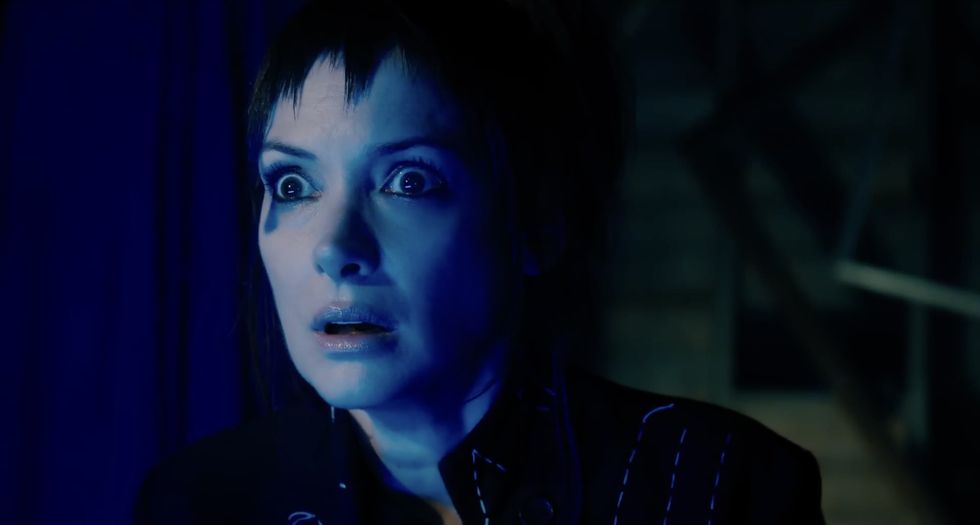 WARNER BROS.
WARNER BROS.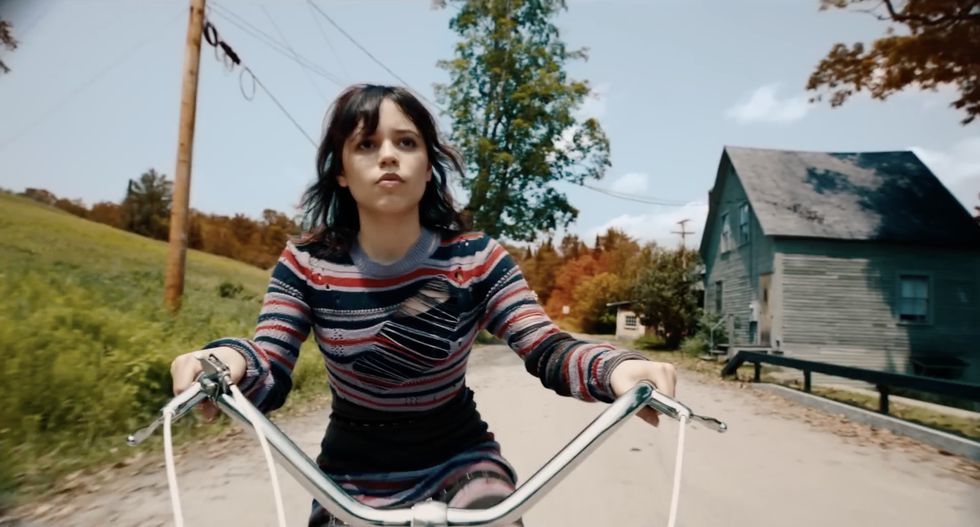 WARNER BROS.
WARNER BROS.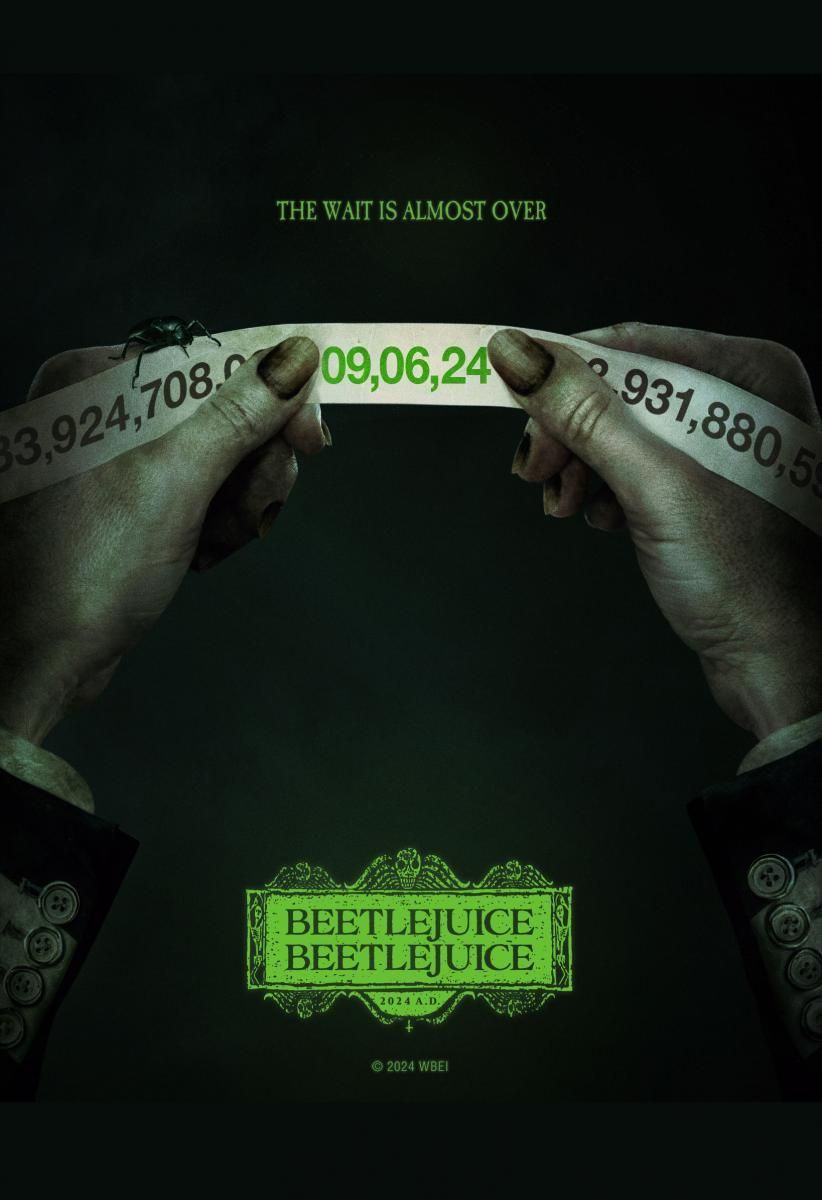 WARNER BROS.
WARNER BROS.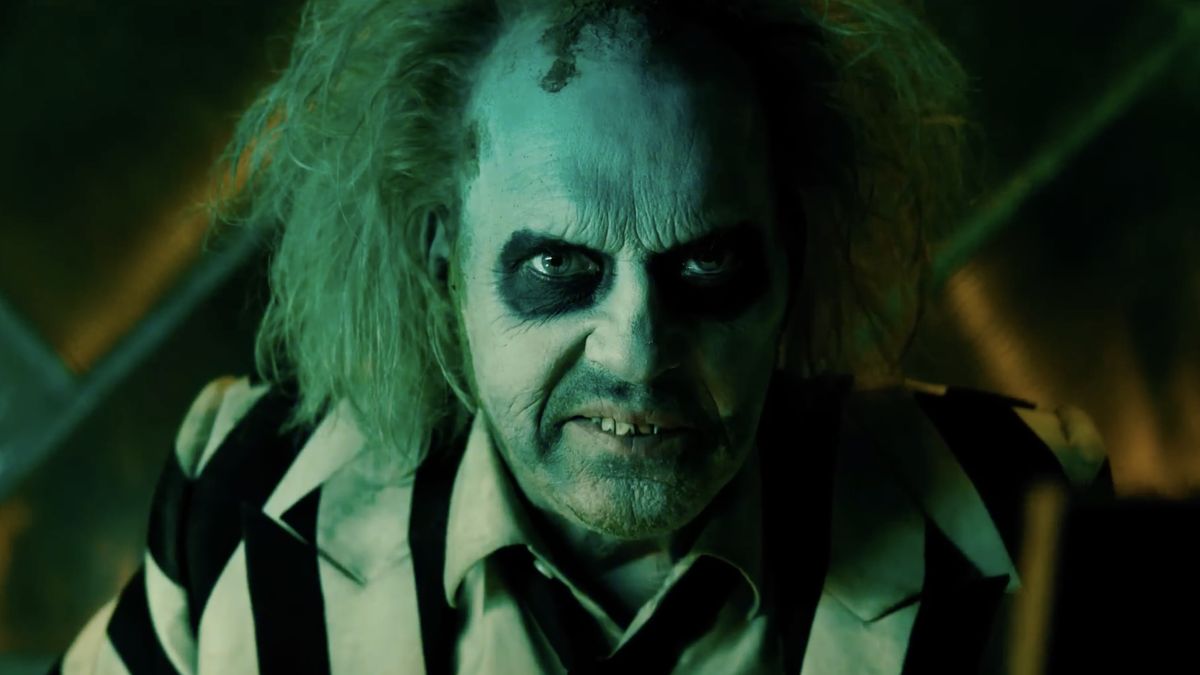






 GETTY IMAGES
GETTY IMAGES
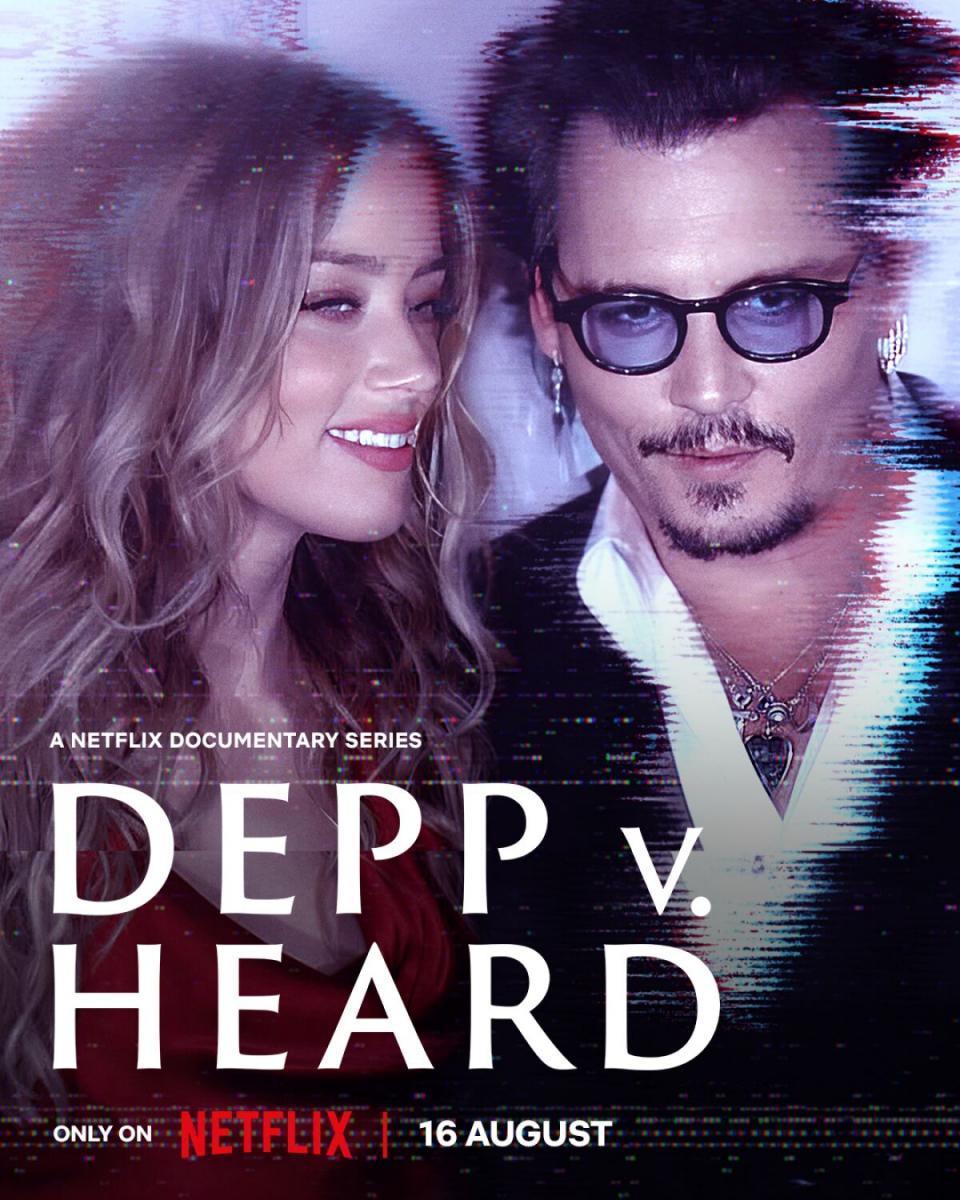 NETFLIX
NETFLIX

























